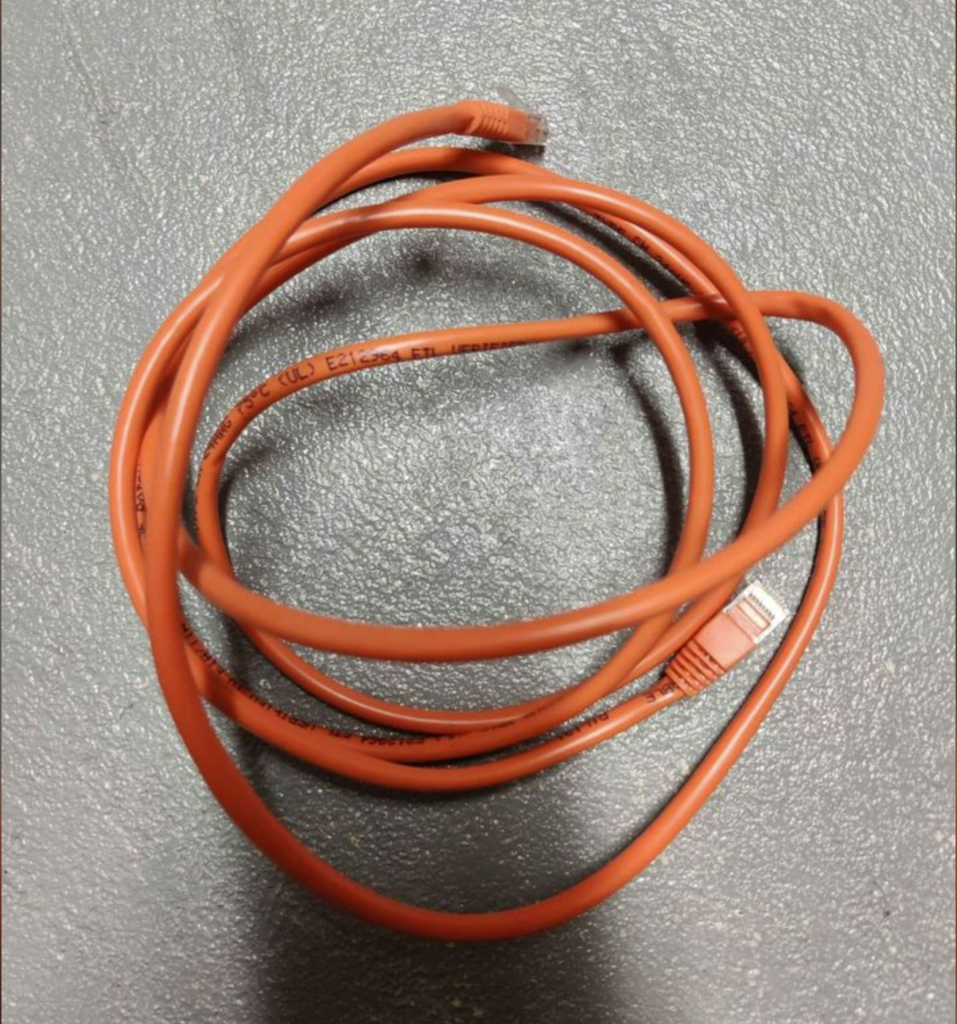This is one of the most asked questions when it comes to netizens. People are always confused about what are LAN cables and their uses. You might have also heard another name for them: ethernet cables.
Today in this article, we will answer all your questions related to LAN cables, and once and for all, we will put all confusion to rest.
So, let’s start with the most basic questions about LAN cables.
What are LAN cables?

Image by: Andrew Chau
LAN, abbreviation “Local Area Network, ” is a basic connection/ setup of a few computers and other devices. It is important as it creates a reliable network that can transmit data at super high speed and greater frequency.
Now to put it simply, to help you understand, LAN cables are used to join local machines. They revolutionized the local networks in the 1970s when tech giant Xerox first offered them. The first official LAN setup was installed in Chase Bank in New York City in 1977.
LAN cables are being used extensively in almost every kind of project remotely related to connectivity. They are being used in many different types. We will first discuss the main types to help you get basic knowledge.
Types of LAN Cables
LAN cables have different types. But here, we will restrict ourselves to the most commonly used types for different ethernet connections. These are the cables you will buy, and we will cover everything about them.
The most famous and commonly used types of LAN cables are
- Copper Twisted Pair
- Optic Cable
Copper Twisted Pair
These are the most common type of pe LAN or ethernet cables, and probably the ones you have been using around your house or office space, are the copper twisted pair.
They are divided into different types based on their different uses. One of the stranded versions is also known as the flexible version. It can be moved easily, which is why it’s used in offices and homes.
The solid version is rigid and can not be moved. It is used in permanent settings like underground connections etc. It can offer much more speed and reliability.
These Ethernet cables are divided into the following types based on speed and transmission.
CAT 3
One of the lowest standards as defined by TIA/EIA-568-B. It can transmit at 10 MBs.
CAT 4
This type is not recognized by the TIA/EIA but is still used in some settings. They can transmit up to 16 MBs.
CAT 5
They have replaced CAT 3 in most settings as they have more reliability. They can also transmit up to 100mbs.
CAT 6
It is the most common type currently used in our homes and offices. It comes in both shielded and unshielded versions. The shielded version is used in places with an electromagnetic field.
These are more reliable and, as expected, come at a little higher price. The unshielded type is used in normal home and office settings. They can transmit at 1 Gbs, while the shielded ones have a much higher limit of up to 10 Gbs at 500MHz.
You can visit the link below to order online
CAT 7
They are a more advanced version and can go up to 10Gbs at 600 Mhz.
CAT 8
They are the latest induction to the family. They offer a much more reliable bandwidth to improve the connection’s speed. They can operate at a whopping 2000 MHz.
Connector
The most common type of connector used with these cables is an RJ 45, Registered Jack 45 connector. They have a wide range of applications from local computers to modems and many other machines.
If you want to buy a connector, here is a link to order online.
Optic Cables
They are relatively new in the field of connectivity. They offer much better speed with low ping. They are slowly replacing all the copper twisted cables in the field.
These cables transmit the signals in form of light and at speeds almost equal to that of the transmission of light. This makes it possible to transmit Gbs of data within seconds. With copper cables, it was just a dream. Another advantage they have to offer is their low latency.
A sophisticated machine is required to join these cables, and the process is called splicing.
Connectors
The connectors for optic cables are available in numerous forms. The most common are SC and LC types.
If you are looking for an optic cable, here’s a link where you can order online.
Uses of the LAN Cable
Now, you know how different LAN cables can offer different speeds and frequencies. Their uses also depend on these stats. A few of the common uses of optic cables are listed below.
- Creating a local network between a few computers within a setting.
- Connect local computers to the internet through a modem.
- Connecting modem to the source of connection.
- High-speed transmission between two sources or networks.
- Sharing bandwidth.
- High-speed optic cables are also being used as HDMI cables to offer 4K and higher transmissions.
- Optic cables are used to transmit audio and video from long distances; they can offer more reliability and speed.
And that was all from this article about LAN cables and their uses. If you have any confusion or want us to cover another topic related to LAN cables, feel free to leave your suggestion in the comment section below. We will get back to you as soon as we can. Till then, peace.

